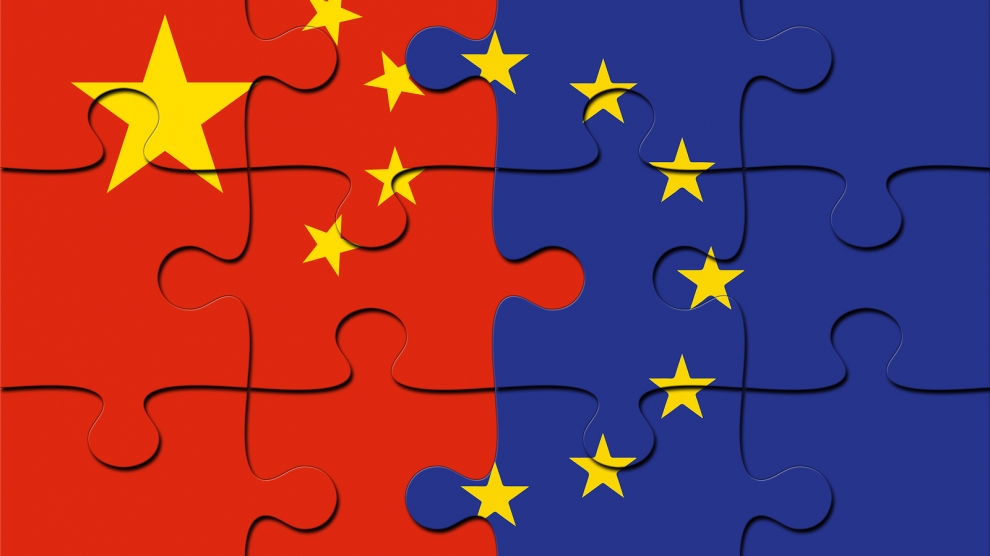
This course explores the history and politics of Sino-European relations from 1949 to the present, examining the role played by these dynamics in the transformation of the international system from the Cold War to today. The Cold War was characterized by the supremacy of the United States and the Soviet Union, an initially divided and weakened Europe, and the progressive move away from bipolarity toward multipolarity, given the increasing relevance of Asia and especially China. This advanced class analyses the influence of the great power rivalry between the United States and the Soviet Union on the development of relations between Europe and China, as well as the influence of these same relations on the superpowers, their policy-making processes, their strategic choices, and the international system itself. It moreover explores the living legacy of these dynamics in contemporary Sino-European relations.
The course analyses the development of bilateral relations between China and the countries of Europe across time. It explores these dynamics not in isolation but rather as part of a matrix of relations informed by the bipolar structure of the international system during the Cold War. While the dominant historical narratives have dwelt mainly on the supremacy of the two superpowers, or, at best, on the relationship between the United States, the U.S.S.R., and Europe, the class focuses instead on the relationship between Europe and China. Through an engagement with the most innovative scholarship, combined with a diverse methodological toolkit, the course provides students with a comprehensive exploration of Sino-European relations. It critically analyses the most recent Western and Chinese Cold War historiography with a focus on Mao’s foreign policy strategy and its presence in the People Republic of China's diplomatic practices today.
Students will learn the relevant historical and political background for grasping the evolution of Sino-European relations and for thinking about its current and possible future trajectories.They will become familiar with a range of analytical tools for exploring Sino-European relations and great-power politics.They will also gain a concrete understanding of the challenges and opportunities which public or private European institutions face in their engagement with the PRC
The basic essential prerequisites are:
a) fluency in written and oral English;
b) basic knowledge of the history of the People's Republic of China;
c) basic knowledge of the history of international relations
The course is based on lectures, analysis of primary sources, debates on secondary sources related to the topic of the lesson, and external contributions by practitioners of the Italian and/or Chinese diplomatic and corporate world
FOR ATTENDING STUDENTS:
- an individual paper (minimum 3000 words on word/pages sheet, Garamond 12 font with line spacing) to be delivered to the teacher by 20 December 2023: the assessment will be calibrated on the basis of three parameters a) structure: concise and fluid organization of the topics; b) contents: appropriate use of sources; c) method: critical analysis of the sources; the vote of the paper will be provided out of 30 and will weigh 1/3 on the final evaluation
- final questionnaire with closed answer: a questionnaire made up of 20 closed questions (the student will have to choose one of three possible answers). Each correct answer corresponds to one point. Full score is 30 points for 13 correct answers. The vote on the questionnaire will count for 1/3 on the final evaluation
- oral exam: it includes a single question on a topic chosen by the student selected from the course contents. The grade will be measured out of 30 and will account for 1/3 of the final evaluation
FOR NON ATTENDING STUDENTS
- oral exam based on reference texts
